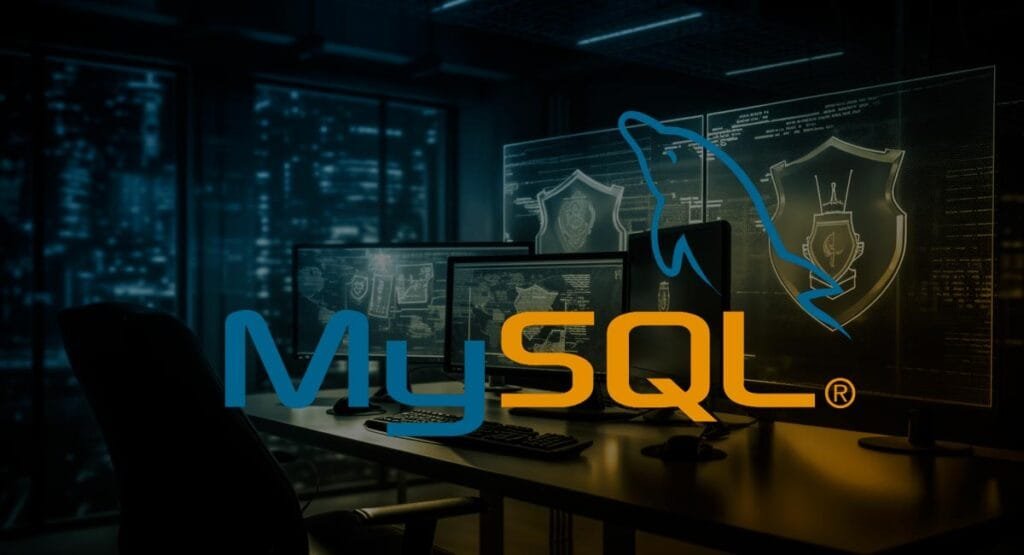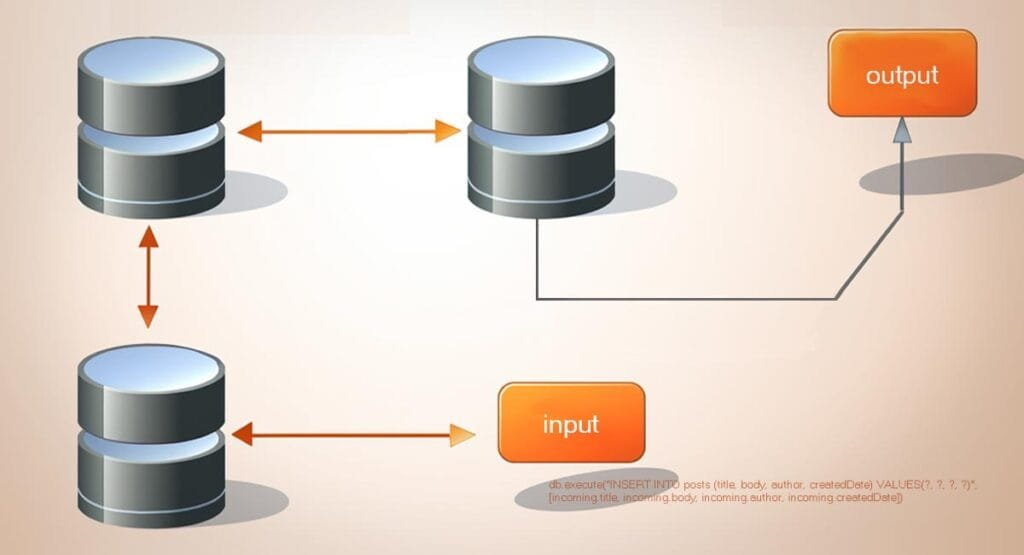Yes, you can connect JavaScript to a MySQL database. However, JavaScript runs on the client-side (in the user’s web browser) while MySQL is a server-side database management system. Therefore, in order to connect JavaScript to a MySQL database, you will need to use a server-side programming language such as Node.js or PHP to handle the connection and communication between the JavaScript and the MySQL database.
Node.js is a JavaScript runtime that allows you to run JavaScript on the server-side. It provides an interface for connecting to MySQL databases through a library called “mysql2”. Here is an example of how to use the “mysql2” library to connect to a MySQL database in Node.js:
const mysql = require('mysql2');
const connection = mysql.createConnection({
host: 'localhost',
user: 'yourUsername',
password: 'yourPassword',
database: 'yourDatabase'
});
connection.connect();
connection.query('SELECT * FROM yourTable', function (err, rows, fields) {
if (err) throw err;
console.log('Data received from Db:', rows);
});
connection.end();Alternatively, you can use PHP as the server-side language to connect JavaScript to a MySQL database. PHP provides a library called “mysqli” that can be used to connect to a MySQL database and execute queries. Here is an example of how to use the “mysqli” library to connect to a MySQL database in PHP:
<?php
$conn = new mysqli("localhost", "yourUsername", "yourPassword", "yourDatabase");
if ($conn->connect_error) {
die("Connection failed: " . $conn->connect_error);
}
$sql = "SELECT * FROM yourTable";
$result = $conn->query($sql);
if ($result->num_rows > 0) {
while($row = $result->fetch_assoc()) {
echo "id: " . $row["id"]. " - Name: " . $row["name"]. "<br>";
}
} else {
echo "0 results";
}
$conn->close();
?>You can then use JavaScript to make an HTTP request to the server-side script, which will handle the connection to the MySQL database and return the data to the JavaScript code for further manipulation or display. Keep in mind that it’s not a good practice to connect to a database directly from a client-side script, it’s a security risk, as it exposes the credentials to the database.
It is important to note that in the above examples, it is important to properly sanitize and validate any user input in order to prevent SQL injection attacks.
Yes, it’s very important to properly sanitize and validate any user input when working with a database, to prevent SQL injection attacks. SQL injection is a type of security vulnerability that occurs when an attacker is able to insert malicious SQL code into a query, allowing them to access or manipulate data in the database.
When using the “mysql2” library in Node.js, you can use the built-in escape method to properly escape user input and prevent SQL injection attacks:
const userInput = 'some user input';
const sql = `SELECT * FROM yourTable WHERE name = ${connection.escape(userInput)}`;
connection.query(sql, function (err, rows, fields) {
if (err) throw err;
console.log('Data received from Db:', rows);
});When using the “mysqli” library in PHP, you can use the built-in prepare and bind_param methods to properly escape user input and prevent SQL injection attacks:
$userInput = 'some user input';
$stmt = $conn->prepare("SELECT * FROM yourTable WHERE name = ?");
$stmt->bind_param("s", $userInput);
$stmt->execute();
$result = $stmt->get_result();
if ($result->num_rows > 0) {
// output data of each row
while($row = $result->fetch_assoc()) {
echo "id: " . $row["id"]. " - Name: " . $row["name"]. "<br>";
}
} else {
echo "0 results";
}
$stmt->close();These are the basic examples of connecting JavaScript to a MySQL database, but it’s important to note that there are other libraries and frameworks such as Sequelize or TypeORM that provide a more comprehensive and secure way of connecting to a database from JavaScript.
It’s also worth noting that, with the rise of NoSQL databases such as MongoDB and CouchDB, which are more suitable for handling unstructured data, and use JavaScript as their query language, connecting JavaScript to a MySQL database is not the only option you have.
I write for and assist as the editor-in-chief for 601MEDIA Solutions. I’m a digital entrepreneur since 1992. Articles may include AI assisted research. Always Keep Learning! Notice: All content is published for educational and entertainment purposes only. NOT LIFE, HEALTH, SURVIVAL, FINANCIAL, BUSINESS, LEGAL OR ANY OTHER ADVICE. Learn more about Mark Mayo




